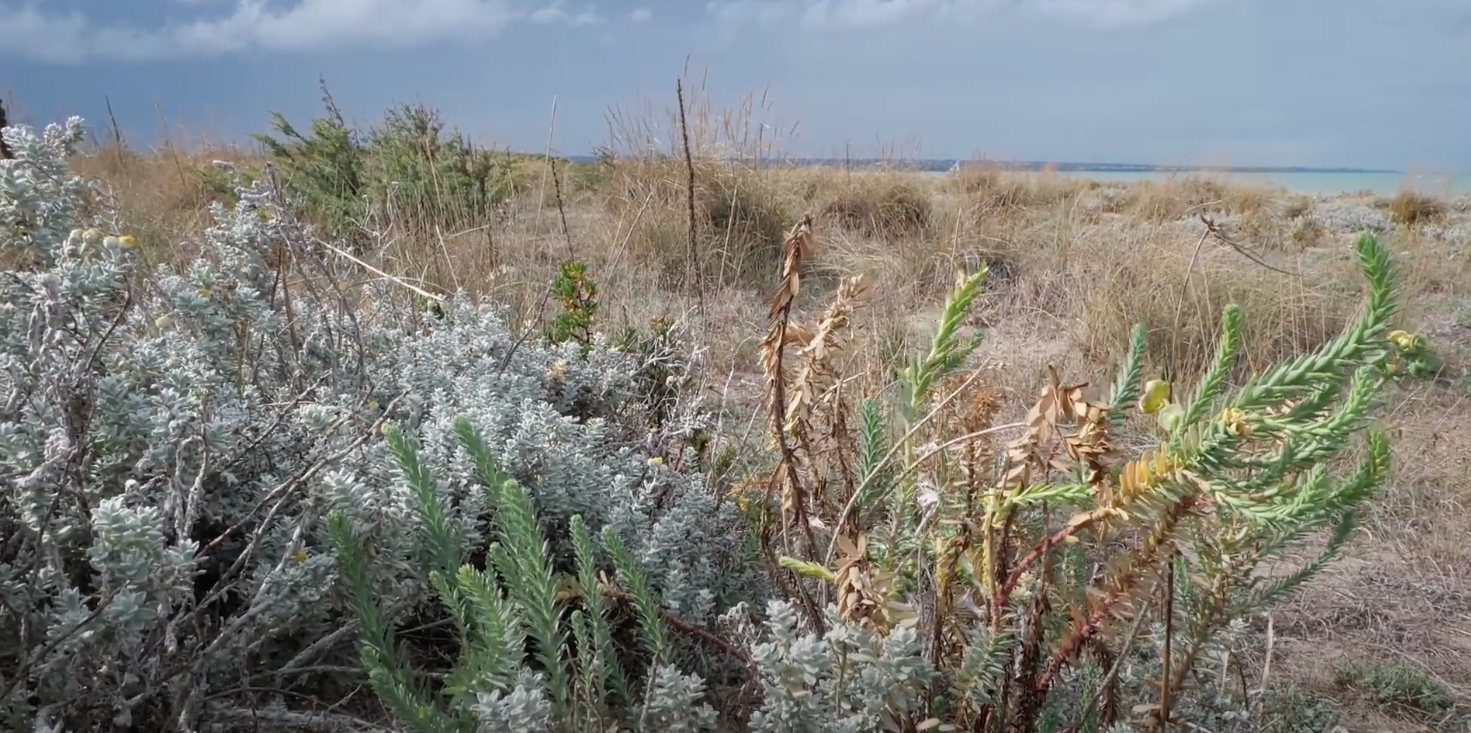Coastal ecosystems are transition zones between land and sea, and form a very diverse environment in which a wide variety of ecosystems is found. They represent articulated and complex systems in which a narrow strip of land features a rapid transition from the marine to the terrestrial world, with strong environmental gradients depending on the distance from the coastline.
The coastal environment, and in particular the dune environment, is characterized by the presence of highly specialized flora, distributed in a mosaic pattern, playing a key role in the formation, stabilization and evolution of dunes. The vegetation present in these sandy soil environments is called psammophilous.These plant communities, in absence of anthropogenic disturbances, are distributed in lines parallel to the coastline, following the dunes ridges. Each strip corresponds to a different ecological community, forming the so-called coastal vegetation zonation. Moving from the sea inland, various habitats with a high degree of biodiversity follow one another. It starts with the vegetation of the sandy shore, specialized to live in high salinity conditions; transitioning to the vegetation of the first dunes, which enhances the dunes stability with its roots retaining a large amount of sand; followed by the backdune grasslands; to arrive, finally, to the shrubby Mediterranean backdune vegetation, where ilex and pine forests are found.
The University of Molise has been conducting continuous monitoring of coastal dune vegetation for several years with the aim of determining their state of health and increasing scientific knowledge with the proposal of useful strategies to conserve them.

